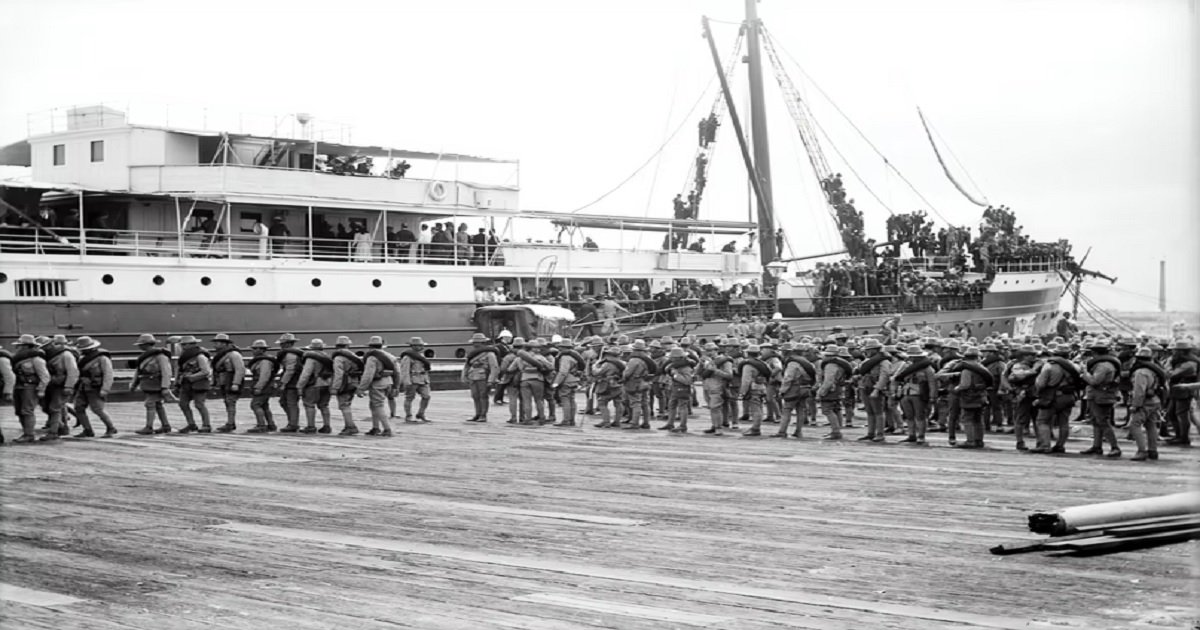In the 20th Century, the world seemed to have a problem staying calm. People in different parts of the world could not live together or even at peace amongst themselves. Edubirdie.com provides expert writers in history and other academic areas to help you tackle the most challenging topics.
The wars in the 20th Century were fought at local, regional, and international levels. Either way, they led to the death of millions of citizens in battlefields and contested areas. They also led to the invention of technology as armies sort to outdo each other.
A better understanding of the history of these conflicts can best be achieved by looking at individual conflicts.
- The Mexican Revolution
The Mexican Revolution began in 2010 after the politician and reformist writer Francisco Madero challenged the rule of Porfirio Diaz, who had ruled for decades. Madero wanted a fresh and clean election that would usher in a new government. However, this call went unheeded. With the support of Pancho and Pascual to the North as well as Emiliano to the South, the revolution began.
The war divided regions and cities, each having a faction fighting for its control. Warlords and politicians butchered citizens as well as each other in an attempt to assert control. By the time the Diaz was being disposed of in 1911, millions of citizens had died. The rivalry did not end with the deposition of Diaz. It took up to 1920 for Mexico to experience calm with the death of most warlords. It was Alvaro Abregon who outlived all of them and established stability in Mexico. The revolutionary general and chickpea farmer ruled for four terms at a period of relative peace and tranquility.
- Russo-Japanese War
Russia was an expansionist nation with the dreams of capturing the entire world. However, Japan was a rising powerhouse that was ready to protect its turf under all circumstances. The main battle was for control of Manchuria. Russia was looking for warm port waters, but Japan could not give up the battle so easily.
Russo-Japanese War is ranked among the fiercest battles in history. The battle began in February of 1904 and lasted up to September of 1905. It was fought at the Korean Peninsula at Yellow Sean in Manchuria. The rulers involved in the war were Meiji Emperor for Russia and Tsar Nicholas II for Japan.
Within the one and a half years of battle, Russia deployed 2 million military men while Japan had a paltry 400,000. Japanese proved superior on the water to Russians. They are said to have virtually won the war because a truce was negotiated. It was significant in the history of wars because a non-European power defeated a European power for the first time.
- World War 1& 2
World War 1 was fought in the trenches of Europe and is considered one of the deadliest in the history of the world. More than 10 million soldiers are estimated to have died on the battlefields. More deaths would be attributed to the war because of diseases, injuries, and economic decline. The WW I was thought to be the war that would end all other wars. Unfortunately, localized and neighborhood wars persisted. It began in 1914 and ended in 1917.
WW I pitted allied forces made up of France, the United Kingdom, and Russia against the Central Powers of Germany and Austria-Hungary. It was a war of attrition where the side with most soldiers won the war. The results of the war set the stage for the Second World War.
The Second World War was fought between 1939 and 1945. This time it was the Axis Powers made of Nazi Germany, Japan, and Italy against the allies of the United States, United Kingdom, France, and the Soviet Union. Estimates point at the death of 40 to 70 million people around the world. It was Nazi Germany that wanted to conquer entire Europe. It also includes the genocide of Jews in the Holocaust.
The Second World War began to end with the invasion of Pearl Harbor in 1941. In 1942, the US reiterated by bombing Tokyo, Nagoya, and Yokohama. The damage inflicted slowed down Japanese, but they continued winning the Pacific War. The war in Stalingrad pushed Germany out of WW II in 1943. Japan continued fighting. The war ended with the bombing of Hiroshima and Nagasaki in August 1945. Japan surrendered because of the devastating effects of the twin bombings.
The Second World War created a communist and capitalist world order. Germany was split into two, East and West, becoming the physical battleground for the cold war. The United Nations was founded in 1945 as an organization to bring the world together and in order. Many other wars were fought in the 20th century, but none has been as widespread and devastating as the Second World War.












Leave a Reply